Seven years out from the original iPhone’s introduction, and four years past the iPad’s launch, Apple has found its next market ripe for reinvention: the mobile healthcare and fitness-tracking industry. Apple’s interest in healthcare and fitness tracking will be displayed in an iOS application codenamed Healthbook.
The Healthbook:
As detailed in the images throughout this article, which are complete recreations of screenshots, Healthbook’s user interface is largely inspired by the iPhone’s existing Passbook application. Versions of Healthbook in testing are capable of tracking several different health and fitness data points.
Each category of functionality is a card in the Healthbook. Cards are distinguished by a color, and the tabs can be arranged to fit user preferences. As can be seen in the above images, Healthbook has sections that can track data pertaining to bloodwork, heart rate, hydration, blood pressure, physical activity, nutrition, blood sugar, sleep, respiratory rate, oxygen saturation, and weight.
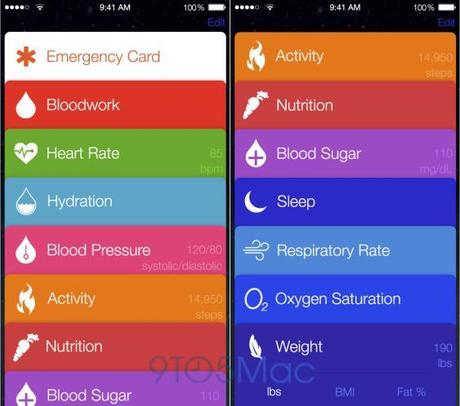
While other publications have reported to the contrary, the images clearly show that Apple is working on tracking hydration levels. Also contradicting other reporting, these images do not indicate that Apple is working on tracking stress or pregnancy data points. It is possible that this type of functionality could arrive in the future, but I do not believe Apple is currently developing those capabilities.
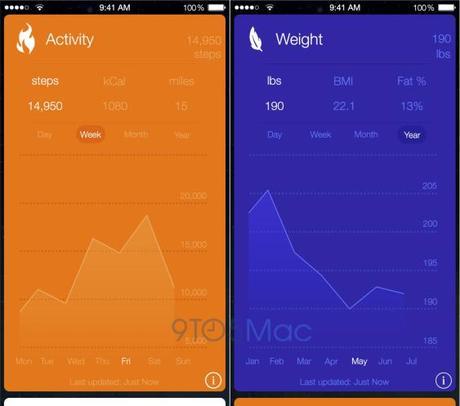
Fitness Functionality:
Three of Healthbook’s tabs are dedicated to fitness tracking: Activity, Weight, and Nutrition. Activity, which is pictured above, is similar to many other pieces of fitness tracking software on the App Store and other platforms. It tracks steps taken, calories burned, and miles walked.
Also shown above, the Weight tab allows users to input their height and weight information to track statistics like BMI (Body Mass Index) and body fat percentage. Both the Activity and Weight functions allow users to track their fitness progress over the course of a day, week, month, and year. Each view includes a graph to visualize the progress over time.
The Nutrition tab in Healthbook allows users to enter their food intake and maintain a diet. This functionality is similar to what apps from companies like Jawbone currently offer. Combining fitness activity, weight tracking, and diet management into one application is certainly a powerful combination for both fitness enthusiasts and those trying to watch what they eat.
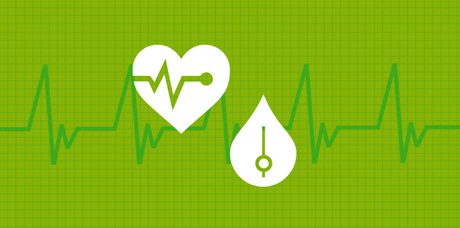
Heart Rate and Blood Pressure Monitoring:
Heart rate and blood pressure are two of the most widely known health-related measurements. Blood pressure is commonly checked at the doctor’s office, pharmacy, or home, while heart rate can be measured by iPhone apps, smartphone cameras, and gym equipment. Healthbook will be able to store and track heart rate/pulse data in BPM (beats per minute) as well as blood pressure data. Blood pressure will be recorded in both its diastolic (minimum) and systolic (peak) forms. Samsung’s upcoming Galaxy Gear Fit wearable device and the Withings Pulse can work with a smartphone to track heart rate, but those devices do not include blood pressure functionality.
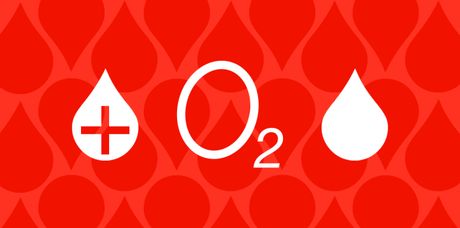
Bloodwork, Oxygen Saturation, and Blood Sugar Tracking:
The blood monitoring capabilities of Healthbook are perhaps the most unique and important elements of the application. Blood tracking functionality is found in sections called Bloodwork, Oxygen Saturation, and Blood Sugar.
The capabilities of the Bloodwork section are currently vague, but the tab can present several different blood-related data points normally provided by healthcare professionals and bloodwork labs. Hospitals often track blood data in yearly physicals for patients, including data points related to liver function, kidneys, thyroids, and the heart. Lab reports related to blood results are commonly distributed to patients through printouts, emails, or faxes. Using the latest software and hardware technology, it is possible that Apple wants to reinvent this process.
Healthbook can also track a person’s oxygen saturation. This refers to the percentage of oxygen that is in a person’s blood as a ratio to how much oxygen can possibly be stored in that person’s bloodstream. Oxygen saturation is important in the context of measuring a person’s respiratory rate (more on that below) and breathing quality. Many non-invasive devices for tracking oxygen saturation currently exist in the health tracking marketplace. Apple hired Dr. Michael O’Reilly last year, and he specializes in pulse oximeters, the technology used to measure oxygen saturation.
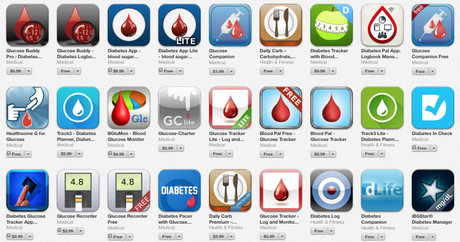
Perhaps most importantly, Healthbook can track blood sugar (glucose) levels. According to 2013 statistics from the American Diabetes Association, approximately 26 million individuals in the United States have diabetes. 1.9 million people in the United States are diagnosed each year, and 1 in 3 adults will have diabetes by the year 2050 if the current trend continues. To track their blood sugar, diabetics use blood checkers several times a day. That unfortunate hassle could be somewhat remedied by an advanced, Apple-built application preprogrammed into the iPhone.
Joe Madden, the creator of blood sugar monitoring application Gluco-Share, told me in an interview that Type 1 diabetics check their glucose levels approximately six times per day. On the other hand, Type 2 diabetics test their blood perhaps only a few times per week. Madden noted that those numbers ideally should be more in line, and that Apple’s entry into the market could create significant improvements in the lives of diabetics. Madden’s software includes incentives and social media integration, but it is unclear if Healthbook will offer similar capabilities. Regardless, in an App Store market with hundreds of blood sugar management apps (some of which are shown above), Healthbook could serve as an intuitive, centrally-located solution.

Hydration and Respiratory Rate Measuring:
Hydration levels and respiratory rate are two other interesting health data points that Apple is working on tracking with Healthbook. Hydration tracking is critical, especially for athletes, and allows users to know how much water is in their bodies and if they need to drink more fluids.
Respiratory rate is the measurement of the amount of breaths a person takes per minute. Respiratory rate data can be interpreted via the same technologies used to power the aforementioned blood oxygen level data, and there are not many known wearable devices that specialize in tracking respiratory rates currently.
Sleep Tracking:
Besides tracking fitness and blood-related information, Healthbook will have the ability to track sleep cycles. Details on what exactly that entails are currently slim. Before joining Apple, Raymann worked at Philips and founded the company’s “Sleep Experience” laboratory. Raymann’s research into sleep focused on sleep patterns, sleep quality, and alertness. It is likely he has been contributing to the Sleep tab of Healthbook.
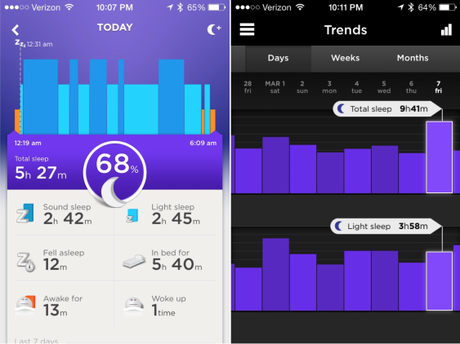
Several sleep-tracking applications and related devices already exist on the market. Devices and applications from FitBit and Jawbone (pictured above) can track when users toss and turn at night, measure when they enter deep sleep, and determine when the best time is for the user to wake up. Application like Sleep Cycle and Sleepbot use advanced algorithms to track movement during sleep and provide users with graphs to present sleep quality over time. Based on Apple’s hires, it is likely Apple is working on the capability to track similar data within Healthbook.
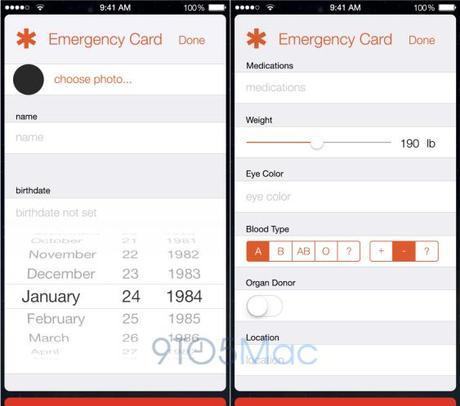
Emergency Card:
In addition to health and fitness tracking, Healthbook will be a centrally-located place that holds critical data about each iPhone user. The Emergency Card will store the customer’s name, birthdate, medication information, weight, eye color, blood type, organ donor status, and location. This information is critical for an emergency technician, doctor, or hospital staffer to identify and treat a user if they fall ill or become injured and are unable to speak for themselves.
The Emergency Card feature will also allow users to add emergency contact information. With that feature, someone would be able to instantly called a pre-programmed phone number to a user’s family member, for example, to notify them of an emergency. In order to be truly useful, it seems plausible that this emergency information would be accessible from the iPhone’s Lock screen much like Passbook passes could appear on the Lock screen.
Joseph Ekman, who founded the non-profit organization Emergency Standard, explained in an interview that he created an App Store application for tracking emergency information out of his personal experience with there being a lack of a standardized method of smartphones storing the pertinent details. With hundreds of millions of iPhones that will be capable of running Healthbook, Apple will be fulfilling Mr. Ekman’s vision of an Emergency Card standard.
Sourcing Data: M7, App Store, Third-Party Devices, or iWatch?
While Healthbook is capable of tracking, sorting, and managing various types of health and fitness-related data, it is currently uncertain where this data will actually be sourced from. I believe that the data will be sourced from at least one of four possibilities: the iPhone itself, third-party App Store apps, third-party devices, or a future Apple wearable device (iWatch).
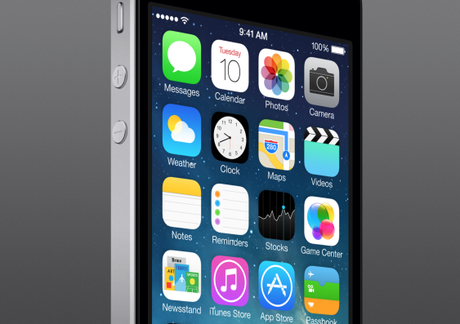
Thanks to the capabilities of the iPhone 5s’s M7 motion co-processor, Healthbook could technically receive steps, miles walked, and caloric data from the iPhone itself. However, that is where the M7 stops being useful for Healthbook. Blood, hydration, and respiratory rate information would clearly need to come from other sources.
The first possibility here would be that Healthbook serves as a unified place for all third-party health apps on an iPhone to store their data. Just like the similarly named Passbook is a central place for iPhone users to access movie tickets, coupons, and boarding passes from other apps, Healthbook could be a single place where iPhone users can collect data from their various health apps.
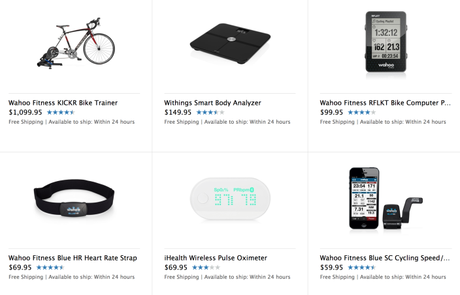
Similarly, Healthbook could be a single place where the various existing third-party iOS-compatible health accessories can be set up and store their data. The ecosystem of health accessories for iPhones is plentiful, and Apple’s own online store sells fitness bands that can act as pedometers, digital weight scales, heart rate monitors, sleep trackers, pulse oximeters, and blood pressure checkers.
With the existence of the M7 chip in recent Apple hardware, a plethora of health-related App Store apps, and several health accessories, Healthbook could very likely be a singular place for all the accompanying data to be stored and viewed.
However, that theory does not explain the hydration, respiratory rate, and blood sugar tracking functionality in Healthbook. There are not many (or any) proven accessories to track those health data points on the market. This perhaps opens the possibility that Healthbook is designed to work in tandem with a future wearable device from Apple.

Debut:
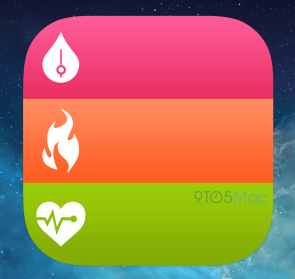
Apple is said to currently be testing the Healthbook software with iOS 8, the next version of the iPhone, iPad, and iPod touch operating system. However, it is possible that the application’s launch could be pushed back to a future operating system version or cancelled entirely. If the application is tied to an Apple-built device, the debut would likely be connected to that hardware and may not be introduced alongside other iOS 8 functionality during Apple’s mid-2014 Worldwide Developer’s Conference.
Sources have also indicated that iOS 8 will retain most of iOS 7′s design and features, but it will likely feature improved Maps software with public transit directions support, a standalone iTunes Radio application to increase usage, refinements across the system, and enhanced iCloud integration.
With hundreds of millions of existing iPhones and many more to be sold, Apple has the unique opportunity to recreate the health and fitness tracking market by pre-installing Healthbook in a future software update. After revamping the music, smartphone, and computing worlds with the iPod, iPhone, and iPad, Apple’s next big insight could be software for improving people’s lives. Just like tablets, pocket computers, and digital music players are now part of the mainstream, Healthbook may just be able to transform healthcare and fitness management for the betterment of society.
Images created by Michael Steeber.
